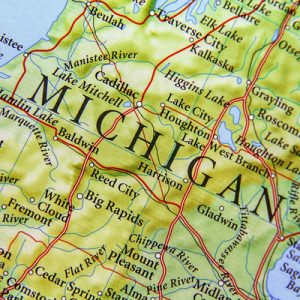The uninsured in Michigan: Who benefited most from the ACA?
 In 2014, millions of previously uninsured Americans gained health insurance coverage through the Affordable Care Act’s (ACA) Medicaid expansion and financial assistance available through the health insurance marketplace. These programs, combined with Michigan’s unemployment rate dipping to its lowest level since 2007, contributed to Michigan’s significant decrease in the number of uninsured residents in 2014. This brief identifies which groups experienced the largest changes in health insurance coverage in Michigan in 2014. It also analyzes the ACA’s individual mandate and the possible penalty amounts Michigan’s remaining uninsured may face.
In 2014, millions of previously uninsured Americans gained health insurance coverage through the Affordable Care Act’s (ACA) Medicaid expansion and financial assistance available through the health insurance marketplace. These programs, combined with Michigan’s unemployment rate dipping to its lowest level since 2007, contributed to Michigan’s significant decrease in the number of uninsured residents in 2014. This brief identifies which groups experienced the largest changes in health insurance coverage in Michigan in 2014. It also analyzes the ACA’s individual mandate and the possible penalty amounts Michigan’s remaining uninsured may face.
Key findings include:
- The share of Michigan residents without health insurance dropped from
11 percent in 2013 to 8.5 percent in 2014 as the ACA’s coverage expansion
provisions took effect. - All age groups experienced declines in the number of uninsured, but the
declines were most prominent for young adults under age 35. - Uninsured rates fell for many subpopulations in 2014, yet sharp disparities
remain by race, ethnicity, and income. Hispanic individuals remain more than
twice as likely to be uninsured as white individuals. - Certain geographic regions in Michigan experienced large coverage gains in
2014, yet many rural areas and areas within Detroit continue to have high rates
of uninsured. - The individual mandate penalty is likely to affect as much as 60 percent of the
uninsured in Michigan, and the average annual penalty amounts are estimated
to increase from $126 in 2014 to $446 in 2016.
For information on the characteristics of those in Michigan who reported being uninsured, read our follow up brief.